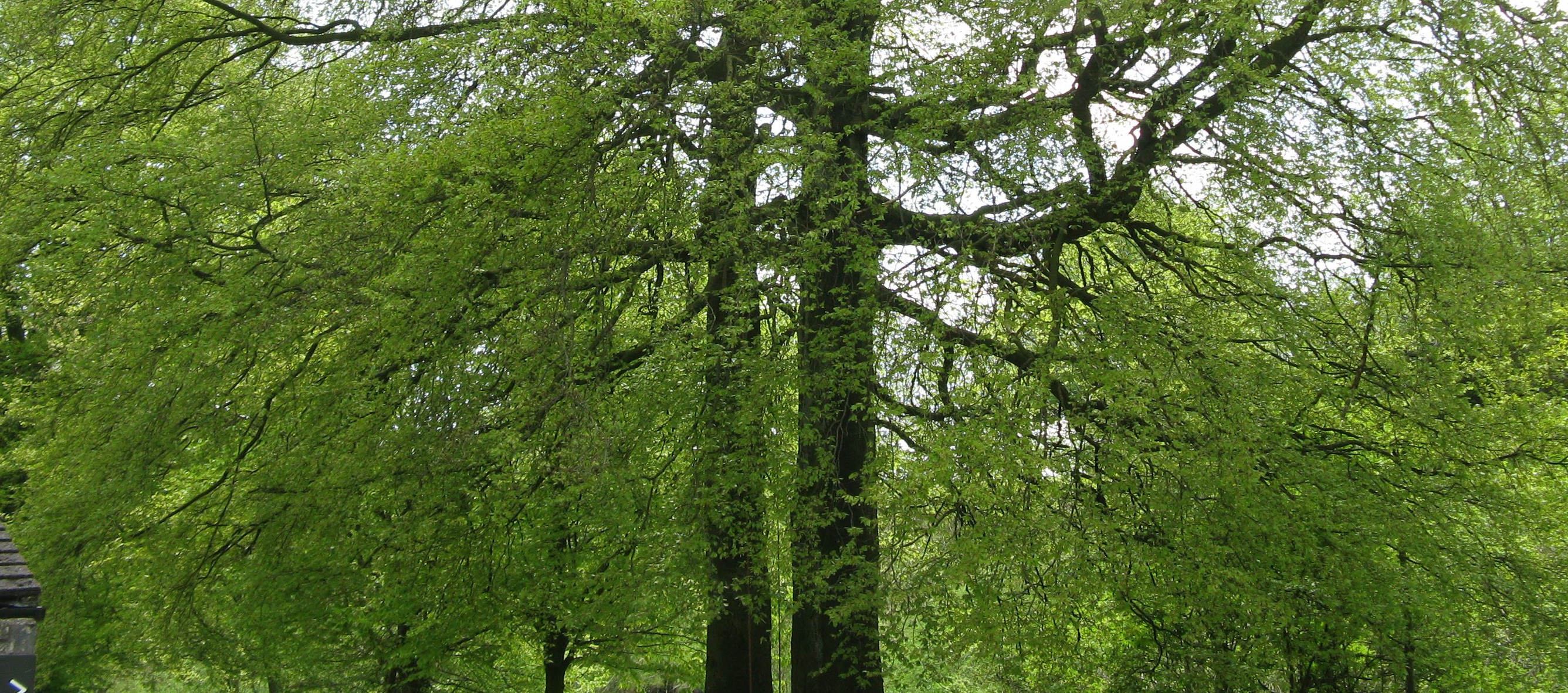Insisting on good quality tree seedlings from nurseries can ensure that your trees will thrive for considerably longer than plants already riddled with defects. This is an important consideration for trees that will live for decades or potentially much longer.
Some things to consider when obtaining trees from a nursery:
- Bigger seedlings are not always better. The smaller the tree, the more it is likely to be in establishment mode (growing roots to be able to obtain the necessary water and nutrients for later growth and maintenance). It will need water and mulching to help it along but once it gets established, it may overtake plants that were planted as larger seedlings.
- Selecting seedlings with a main stem will reduce potential future issues such as weak branch unions and damage to branches from rubbing branches.
- Select seedlings with most branch unions in “U” form. Genetic variations or/and improper pruning can cause some trees to produce weak unions. This has been a major issue at times when large quantities of such stock have been planted along roads or in public places as they lose healthy branches periodically and will eventually need to be removed. This can be very dangerous if they have become large trees.

- Avoid seedlings with damaged or diseased branches and/or leaves. This could otherwise mean that your plants would not survive very long and/or they might infect other nearby plants.
- Some seedlings are sold grafted. This means that a scion (top bit which determines the fruit and flower) is fused onto a root stock (bottom bit which determines the vigor, ultimate size and drought resistance of the plant). One such example is the chikoo (Manilkara zapota) scion which is grafted onto a Manilkara hexandra root stock which helps it survive in the arid conditions of Auroville. Another advantage of grafting is that the plant will bear fruit earlier than normal as the scion will have been taken from an already fruiting plant. When buying grafted plants, make sure the grafts have fused properly. If a branch grows from under the graft union, you will get flowers and fruit from the root stock on that branch (which is often not wanted).

- Check the roots before planting. Many seedlings are kept in containers that are too small for them. This often leads to roots turning around the container and creating girdling roots. The impact of this can be seen years later when such trees topple over or die from, essentially, self-strangulation. Some turning roots can be pruned if they are caught early enough but not if removing them would severely affect the health and then possibly the structure of a tree if/when decay sets in. If small roots are found circling at the bottom of the pot or bag that your tree comes in, they can be teased out or pruned if too thick.
The following two pictures show a tree that has failed entirely due to girdling roots: The tree has a stem diameter of at least 60cms and a height of nearly 10 meters. You can clearly see that it is lacking lateral roots.
We transplanted this (other) tree after it had been in the ground for several years. It had two roots which would have later damaged it and were therefore pruned.
What the roots looked like initially:
How it was pruned:
What was pruned off:
This tree will require a bit more aftercare than if it had been left with the defective roots but the long term effects will far outweigh the initial stress.
In the same way, trees properly grown and prepared in the nursery will be much more beneficial in the long term.






